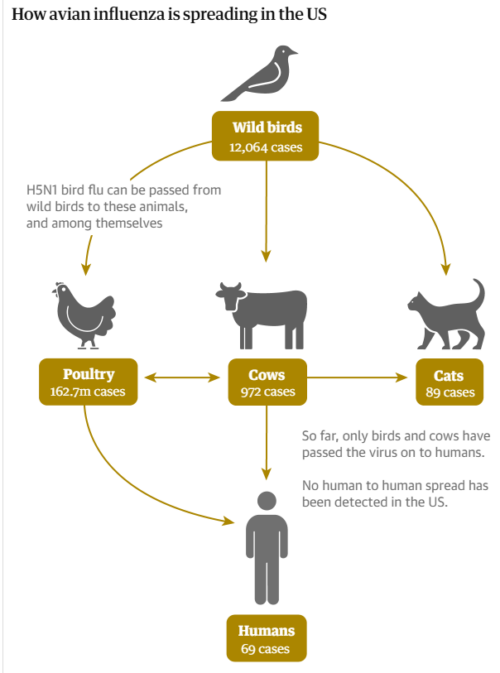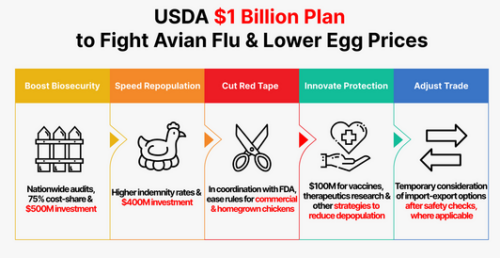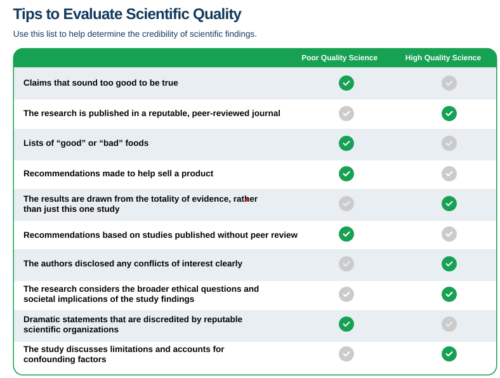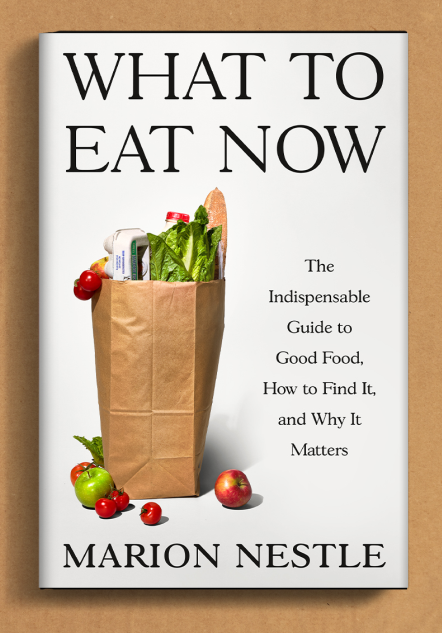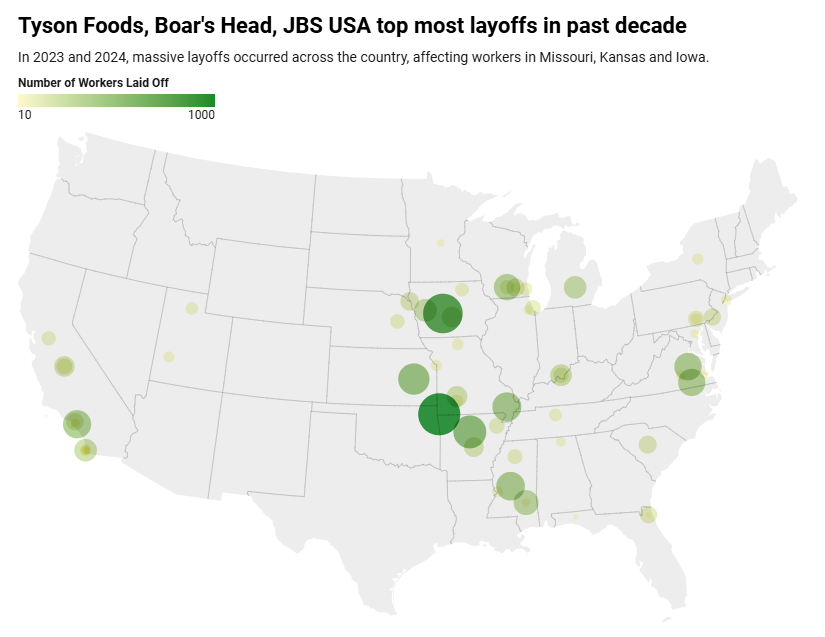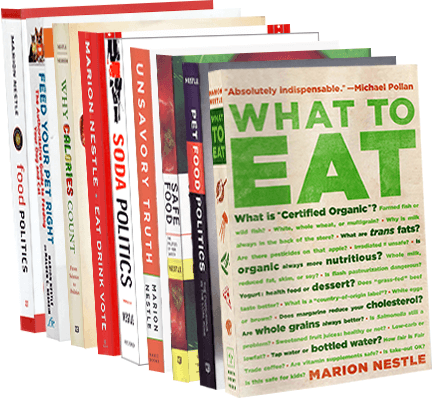The Super Bowl food phenomenon: a few items
The Super Bowl may be about football but it is also very much about food, as this image shows.
And here are a few items about all that food:
- Super Bowl snacking: Facts, figures and fan favourites: The Super Bowl isn’t just about touchdowns and halftime shows; it’s also one of the biggest food consumption events of the year. What are the latest trends, spending habits, and favourite snacks that define this massive snacking event?… Read more
- Moneytalks: All the $$$$ generated by Super Bowl 2024: With a record-breaking 123.7 million tuning in to watch Kansas City Chiefs defeat the San Francisco 49ers on Super Bowl Sunday, consumer spend was estimated to increase by nearly a billion dollars over last year.
- Super Bowl snack wars: Are brands paying too much for the hype: Every year, snack brands wage an all-out marketing blitz to capture their share of Game Day indulgence. With sky-high ad prices and fierce competition, companies are betting big that their chips, dips, and baked goods will be the real MVPs (most valuable players) of the night… Read more

